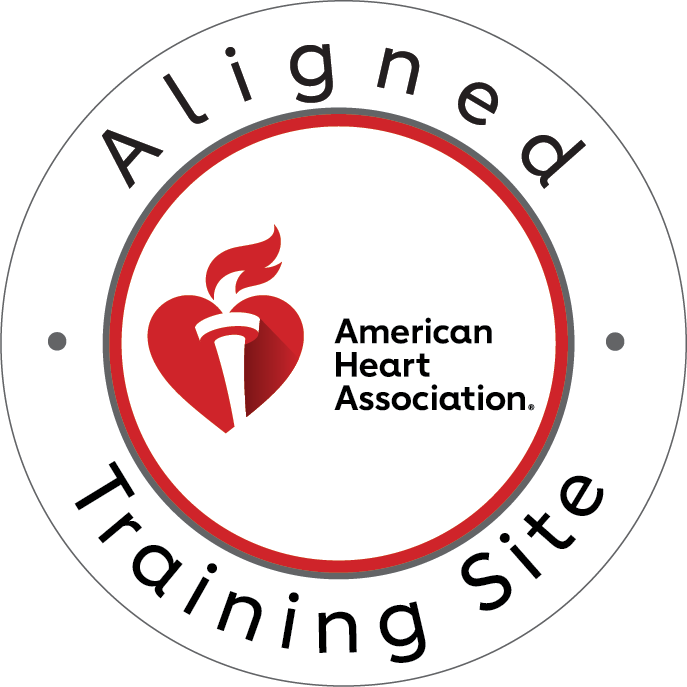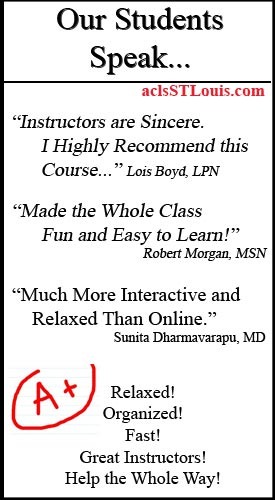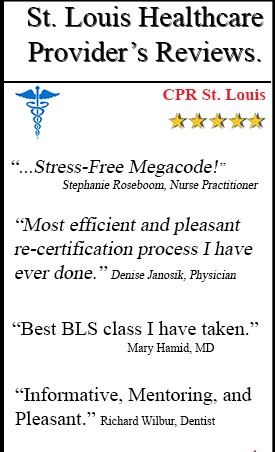Microbiology
Antibiotic Resistance
I. Antibiotic Resistance
A. Any large population of bacteria is likely to already have a few cells that are drug-resistant.
1. Due to random mutations or transfer of plasmids
B. If the drug is not present, then these resistant cells will stay few in number
C. When drug is present, the few cells with the resistant genes will survive, reproduce and pass
on the resistant genes. The cells without resistant genes die off.
1. The cells with the resistant genes are selected due to a change in their environment
a. Natural Selection and “Survival of the Fittest” (Darwin)
D. Over time the new population of bacteria will all be resistant
1. The original population of bacteria evolved to a drug resistance population
E. Occurs in medical environments, agricultural, and inside of humans during drug therapy
II. Mechanisms of Resistance
A. Mutations have provided for the following mechanisms of bacterial drug resistance
1. Inactivation of Drug by Enzymes
2. Prevent Drug from Entering Cell
3. Ejection of Drug
4. Alter Target Site of Drug
B. Inactivation of Drug by Enzymes
1. Destruction or inactivation of drug by enzymes produced by bacteria
2. Ex) Penicillinase (ß-lactamase) breaks ß-lactam ring of penicillins & cephalosporins
a. Not just in S. Aureus
b. Also, Penicillinase-producing Neisseria gonorrhoeae (PPNG)
3. Penicillin was modified to beat this resistance (methicillin)
a. Methicillin resistance soon appeared
4. Over 200 variations of B-lactamase enzymes are now known
a. Each effective against minor variations of ß-lactam ring
b. We alter the drug, and bacteria acquire new resistance
1) “Battle of Our Technology vs. Evolution”
5. Methicillin-Resistant Staphylococcus aureus (MRSA pronounced “mersa”)
a. Resistant to most antibiotics (Superbug)
b. In hospitals, invasive infections have a 20% mortality rate
c. Some strains are resistant to vancomycin
d. Nosocomial (hospital) – healthcare-associated MRSA
e. Community-associated MRSA
1) Affects healthy people in the general public
2) Virulent, produce leukocidin that kills neutrophils
B. Block Entry of Drug into the Cell
1. Gram-bacteria can have modified porins that restrict entry of drug
2. Porins – proteins in the outer membrane of Gram-cell walls; selectively permeability
C. Ejection of Drug
1. Pumps in plasma membrane pump drug out of the cell
D. Alter the Target Site of the Drug
1. If the binding site of the drug is altered, the drug cannot bind
2. Ex) In order for drugs that affect translation at ribosomes to be effective they must bind to ribosome or another structure. If the binding site is altered, the drug cannot bind and therefore not affect translation.
III. Proper Use of Antibiotics to Help Prevent Resistance
A. Always finish the entire prescription
B. Don’t take leftovers
C. Don’t share
D. Prescribe the most specific possible, instead of broad-spectrum
E. Avoid unnecessary prescriptions; don’t prescribe for colds (viruses)
IV. Toxicity to Organs
A. Liver (hepatotoxic)
1. Responsible for detoxifying blood (breaking down toxins)
2. Can be damaged by drugs
a. Hepatitis, fatty liver, liver failure
B. Kidney (nephrotoxic)
1. Responsible for excreting drugs and metabolites
2. Drugs can damage nephron tubules, affect the filtration of blood
C. Blood-forming tissue (hemotoxic)
1. Affect RBC & WBC count
2. Affect platelets (blood clotting)
D. Nervous System (neurotoxin)
1. Act on the brain to cause seizures
2. Affect cranial nerve VIII (vestibule-cochlear nerve)
a. Dizziness, deafness
E. Gastrointestinal (GI) Tract
1. Disturb intestinal flora
a. Diarrhea, upset GI tract, yeast infection of large intestine & mouth
F. Skin
1. React with sunlight cause photodermatitis
G. Developing bones and teeth
1. Pregnancy
a. Tetracyclines contraindicated during pregnancy
b. Cross placenta and can affect bone and teeth development
2. Teeth in children
a. Tetracycline binds to developing enamel and causes discoloration
b. Contraindicated from birth to 8 years of age
H. Cardiovascular system
1. Irregular heartbeats
V. Allergic Reactions (Allergy to drugs)
A. Drug acts as antigen (a foreign substance to stimulate the immune system)
B. Most common penicillins, then sulfa drugs
1. 1st exposure to the drug, the immune system is sensitized
2. Subsequent exposure leads to reaction
3. Skin rash (hives), respiratory inflammation
VI. Disruption of Flora
A. Skin, large intestine, vagina, mouth
B. When broad spectrum antibiotics destroy beneficial bacteria, opportunistic microbes begin to
overgrow and cause disease (superinfection).
1. Ex) Candida Albicans
a. Broad-spectrum cephalosporin treats urinary tract infection (UTI) by E. coli but destroys lactobacilli in the vagina. This then allows resident Candida albicans that are not affected by the antibiotic (that were kept under control by the lactobacilli) to proliferate, i.e. yeast infection.
b. C. albicans can also cause superinfections of the mouth (thrush) and large intestine
2. Ex) Clostridium difficile (C. diff)
a. Antibiotic-Associated Colitis
b. Oral therapy with tetracyclines, broad-spectrum penicillins and cephalosporins
c. Superinfection by Clostridium difficile (C.diff)
1) Resistant to antibiotics
2) Invades intestinal mucosa and releases toxins
3) Severe diarrhea, fever, abdominal pain
4) Can lead to death





